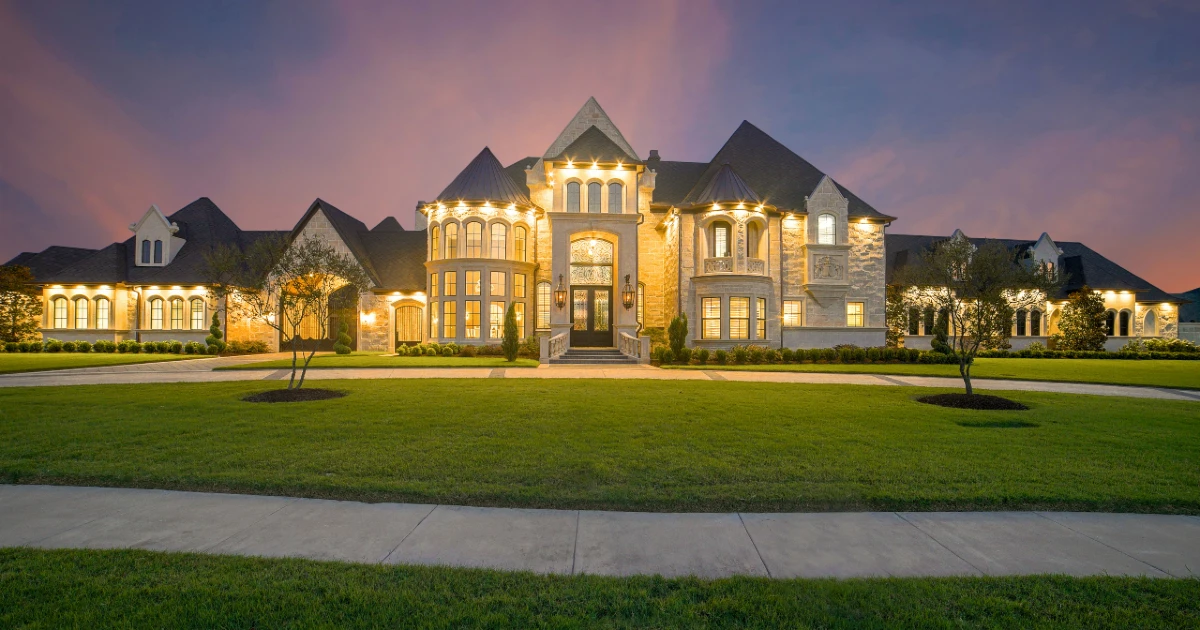Rental property investments often come with varying proportions of risk. The risk portfolios widen even more when faced with a broad range of investment opportunities. This is why economists have evolved a series of measures to help investors make the best decisions when it comes to investing optimally. One such measure is the capitalization rate.
What is a Capitalization Rate?
A capitalization rate or cap rate is a valuation metric that compares different but similar real estate investments in order to determine the most profitable.
Though the cap rate can be a good way of comparing real estate investment value because it offers a fairly accurate estimation, it should not be the sole determinant of the viability or profitability of an investment because it does not take cognizance of a number of factors such as the time value of money, account leverage, and future cash flows from property improvements, among others.
Why is Capitalization Rate Important?
As noted above, the capitalization rate helps investors to accurately estimate the profitability or otherwise of a property investment. With it, an investor is able to have a good picture of his or her potential return on investment and likely yearly income stream in addition to selecting the best investment alternative.
It can be surprising to observe a large profitability difference between two or more rental properties with a similar price in terms of their annual rates of return, thanks to the cap rate.
Also, operating costs (including management and overhead costs) can spiral out of planned projections when dealing with rental property. The capitalization rate helps reduce risk by providing an opportunity to have a clearer picture of all operating costs in order to know areas where you are making excessive expenses.
A lower net operating income (NOI) helps to enhance cash flow while also leading to a higher capitalization rate and more buffer for investors to cater to the unexpected, going forward (e.g., extra capital expenditures and unexpected vacancies).
A good example of unnecessarily high operating cost is incurring higher energy costs than usual due to an inefficient HVAC system. In a nutshell, an early evaluation of your NOI will ensure you identify areas that can be optimized for greater profit.
How to Calculate Capitalization Rate
Calculating the cap rate requires the summation of all your expenditures (e.g., taxes, expenses on property management, utility bills, insurance, HELOCS, and homeowners fees) excluding the principal mortgage fee and interest charges.
After calculating your expenditures, you then subtract it from your rent or gross net income to obtain your net operating income (NOI).
Lastly, divide the NOI by the current asset value or purchase price of the property to get the percentage capitalization rate as shown below:
Capitalization rate = net operating income ÷ current market value of the asset
Capitalization Rate Example
Assume that the current market value or purchase price of a rental property is $250,000 and that the rent per month is $3,000 ($120,000 per year). Also, assume the following monthly operating costs:
- Property taxes: $250
- Insurance: $80
- HOA fees: $109
- Property management: $350
- Utilities: $120
- Total monthly operating cost: $909
From the above, it can be seen that the sum of all monthly operating costs is $909. Subtract the monthly operating cost total from the $3,000 monthly rent to get a monthly net operating income (NOI) of $2,091. Multiply this monthly NOI by 12, to obtain the yearly NOI of $25,092.
Dividing the yearly NOI of $25,092 by the value of the property ($250,000) equals a 10 percent capitalization rate.
Formula
Monthly Rent - Monthly Operating Cost = Monthly Net Operating Income
[Monthly Net Operating Income x 12] / Value of Property = Capitalization Rate
Example
$3,000 - $909 = $2,091
[$2,091 x 12] / $250,000 = 10%
Since most investors consider a cap rate of around 10 percent as ideal, the above example investment ticks all the boxes and should therefore be seen as profitable.
A vacancy can also be taken into cognizance when calculating the capitalization rate. For example, a vacancy rate of 10 percent lowers the monthly rent price to $2,700 which also reduces the yearly NOI to $21,492 and the cap rate to 8.5 percent.
When Should Capitalization Rate be Used?
Though the capitalization rate has its limitations, it is still good at painting an ideal picture of the potential return on rental property investment. One thing to note about the cap rate is that its suitability varies according to geographic location. In other words, a good capitalization rate in an urbanized environment will differ from a good capitalization rate in a rural area.
Perhaps the best time to use the capitalization rate is when faced with making a choice among more than one rental or other real estate investments to buy. In such a situation, the cap rate is a good indicator of which of those investments you should settle for. It will enable you to compare the investments speedily and effectively without having to worry about factors like unstable purchase prices/current market value and rent prices.
You can also use the cap rate if you wish to search for patterns and trends. This can be achieved by collecting data on property capitalization rates within a specific location over a specific period which you can subsequently use to generate a market profile that shows any changes in the profitability of real estate within that period.
If you are a real estate investor or stakeholder, research that equips you with knowledge of historical and present capitalization rates can help increase your knowledge of markets that interest you as well as your overall expertise in the field.
For example, studying the patterns and trends can help you to predict the most likely boom market in the future. Also, a trend that shows a persistent recent upward trajectory in cap rates can lead you to expect more return on investment in that area with time.
Note that for you to obtain an accurate cap rate, the rental properties you are comparing must be similar enough to the investment property you have in mind. For example, if you intend to purchase a three-story rental property, it will be no use basing your calculations on smaller or larger properties.
When Capitalization Rate Should not be Used
The capitalization rate may have several use cases but there are also situations it should not be used. Moreover, rather than use the cap rate alone, it is preferable to use it alongside other finance techniques for determining the most optimal investment portfolio to choose. In summary, the profitability of real estate investments is critical for success. So incorporating other metrics into your investment returns calculations is not a bad idea at all.
It should also be noted that the capitalization rate is more effective when it comes to calculating the best return for a property to be rented out but may not be as effective for other types of investments. For example, the capitalization rate is not ideal for calculating the return on properties meant to be flipped or for short-term investments to be sold a little while after being purchased.
What is a Good Capitalization Rate?
It is not easy to precisely determine what number(s) constitutes a good cap rate. Deciding on whether a capitalization rate is good or otherwise depends on the current real estate market and if the investor is a buyer or seller. However, 10 percent or a bit more or less is usually seen as a good cap rate.
If you are preparing to sell your rental property, a lower capitalization rate is preferred since it implies that your property has a higher overall value, which increases the likelihood of getting more money from selling the property.
For those in the market to purchase a rental property, the preference should be a high capitalization rate since they’ll enjoy lower upfront costs which can be beneficial for first-time investors constrained by the lack of sufficient business capital.
A shrewd investor must consider the current capitalization rate of a property as well as its expected performance in the long run. For instance, investing in a large real estate market characterized by a continuously expanding rental demand portends lesser risk than investing in a smaller market characterized by sluggish growth.
Because of this, an investor may decide to take a capitalization rate of 8 percent or less in a large market but reject the same rate in a small market.
What is a Bad Capitalization Rate?
Just like a good cap rate, it can be difficult to determine a bad capitalization rate. However, consider a capitalization rate as bad if it is lower than the corresponding capitalization rate of a similar rental property. But, note that the property with a lower capitalization rate may have better long-term potential if it is possible to undertake improvements on it that will increase income or decrease costs.
Final Thoughts
The capitalization rate of a rental property is a number or percentage that indicates how well an investment property will perform. It is derived by dividing the NOI by the current market value or purchase price of the property.
Though the cap rate helps investors to quickly and conveniently select the most optimal investment from a set of investment options, it has a number of limitations and should be used alongside other investment calculation techniques such as NPV, IRR, and cash-on-cash return.






.png)
.jpg)
.jpg)


.png)